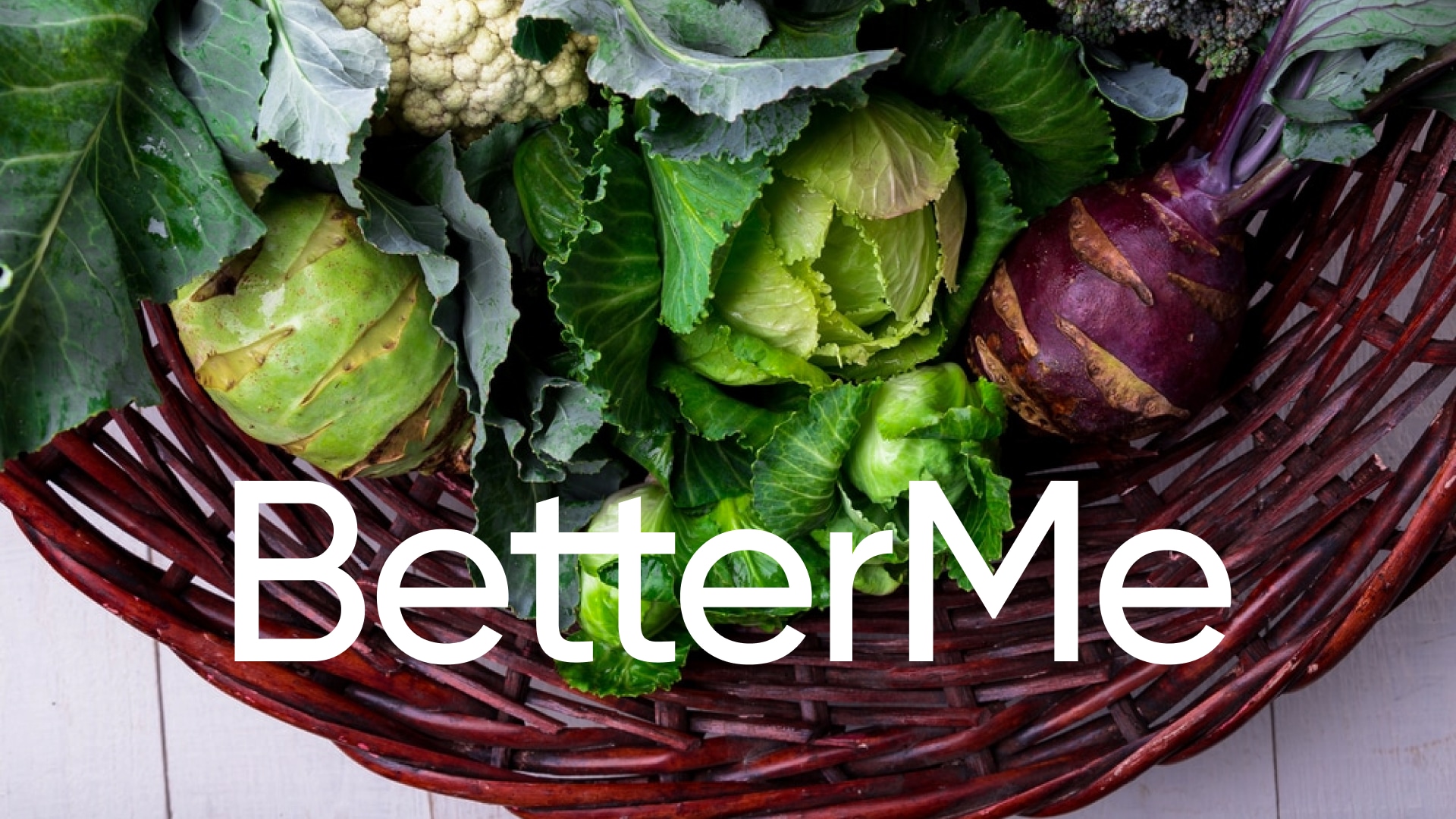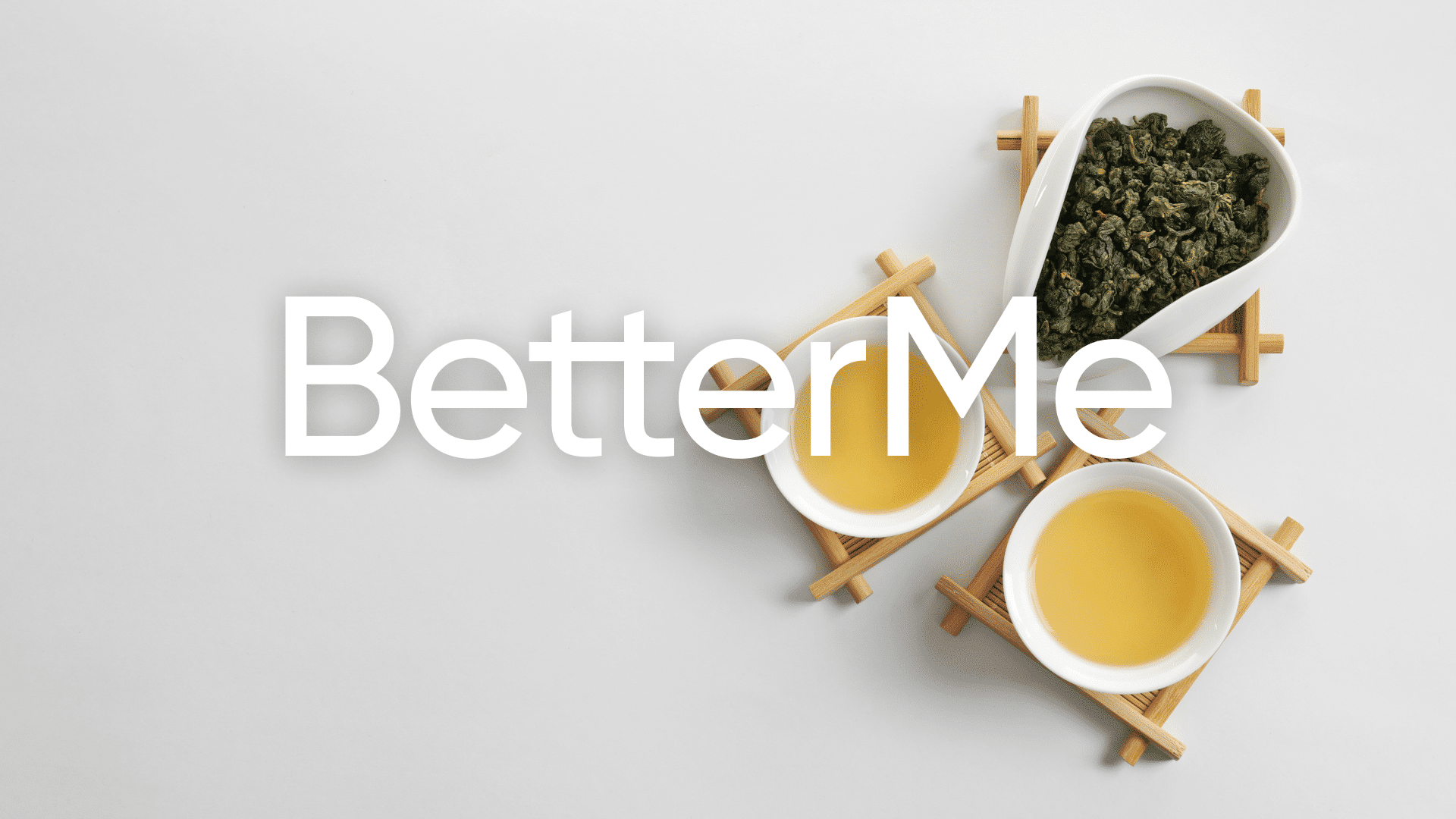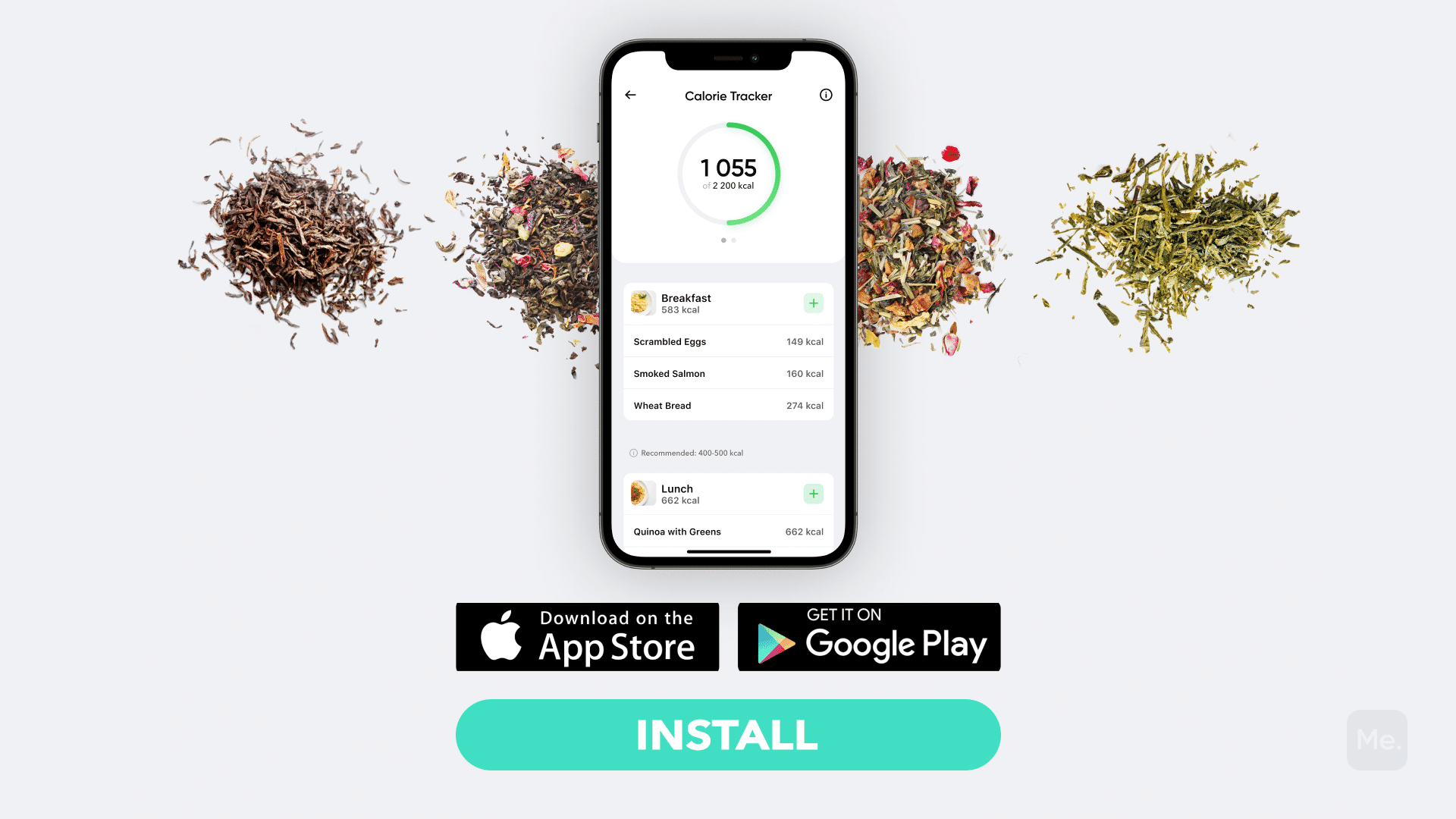Okinawa Diet
Japan, the birthplace of the ancient Samurais and Ninjas, isn’t only known for its prowess and rich culture. Among many other things, just down the southern coast of this great country lives a tribe of people that is famous for two peculiar things. Firstly, they are well-known for their mystical longevity and secondly for all the nutritious foods which comprise their typical daily menu that unfailingly keeps the health of Okinawans up and running. It’s little wonder that dietitians all over the world keep harping on about the abundance of benefits the Okinawa diet can offer (1).
Get your personalized
meal plan!

As humans, growth is a process that starts right from the moment we were conceived in the womb and as we keep growing, we get to a point where we start to age. Aging is a phenomenon that none of us can escape, even though the speed at which it occurs is not the same for everyone. Several factors, such as genetics, day to day practices, and very importantly, the type of food that we consume, play a paramount role in our aging process. As people grow older, they run into a lot of issues that start ganging up on them once they hit a certain age.
A Couple Of Words About Okinawans
There are a few people and places on earth where aging comes with less trouble than most other parts of the world. According to the CIA factbook, Japan is one of the few places with the highest life expectancy rate. The Okinawans live in one of the five places on earth that are referred to as Blue zones. Blue zone is just a word used to refer to some places with a high density of people living above one hundred years of age (4).
There are so many things that distinguish these sets of people apart from their longevity. Their active low-stress lifestyle, moderate alcohol consumption, mostly plant-based diet and a useful habit to keep an eye on their health, all that bunched together wards off diseases and keeps Okinawans full of verve and vigor.
Read More: Asian Weight Loss: Can It Help You Shrink Back Into Shape?
What Is The Okinawa Diet?
Ever since 1975, scientists have taken a keen interest in the Okinawa people. They have been researching their lifestyle, especially for the centenarians among them, in a bid to unravel the mystery behind their longevity. The Okinawa Japan diet, in particular, has been proven to be one of the secrets. (5)
Okinawa Diet is a Japanese diet that originated from the Okinawa region of the country, and it is believed to be part of the secret behind their long life. In the paragraphs below, you will learn the pros and cons of this diet, the foods to eat, and the types of food to avoid if you plan to try it out.
Reasons why BetterMe is a safe bet: a wide range of calorie-blasting workouts, finger-licking recipes, 24/7 support, challenges that’ll keep you on your best game, and that just scratches the surface! Start using our app and watch the magic happen.
How It Works
The Okinawa people primarily derive their daily carbohydrate nutrients from vegetables and small amounts of grains and seeds. Okinawans consume vegetables in large quantities; in fact, it makes up most of their diet. For many years they ate a lot of sweet potatoes, and even now, they have it sliced into many of their local cuisines.
Their foods are usually very rich in carbohydrates, but low in fat and calories, and they mostly depend on plant products such as soybean, like tofu (and beans), for their protein consumption which they take, most time, with Chanpurū, a traditional stir-fry dish. They also consume seafood, but it makes up only a small portion of their meal. On rare occasions, they consume red meat and dairy in small quantities.
What Are Common Foods Allowed On The Okinawa Diet?
Some of the common foods that make up any Okinawa diet food list includes the following:
Soy Beans
These legumes are a significant source of plant protein for the Okinawa people. They are also prevalent all over Asia and are gaining popularity worldwide due to the richness in isoflavones, chemical substances known for their antimicrobial, anti-cancer, and antioxidant properties. This is thought to make the Okinawa people less prone to some terminal diseases like cancer and help them have a lower cellular aging capability. In particular, soy has been found to shield people from some types of breast cancer.
So that’s why finding soybeans in most Okinawa diet recipes is quite commonplace. It is no wonder they manage to live longer than the average human and are healthier than people from other parts of the world within their age bracket. These people have developed a slew of recipes where soybeans are a central focus, ranging from snacks to soups. Okinawans prefer to tuck them away with rice or eat soybeans alone with a sprinkle of proper seasoning.
Carrots
Part of the human body’s complexities is that it can’t produce vitamin A, an essential vitamin that the body needs to aid vision, boost the immune system, enhance the process of reproduction, and help the reproductive organs as well. However, the body can convert a pigment known as Beta Carotene to Vitamin A.
Carrots are very rich in Beta Carotene, and as a matter of fact, their color is largely due to a large amount of Beta Carotene pigments in them. Carrots form an essential part of the Okinawan culinary ingredient. Other forms of carrots that are a bit low in Beta Carotene but high in antioxidants help in the fight against terminal diseases such as cancers and hypertension.
Sweet Potatoes
For many years, sweet potato was the primary source of carbohydrate for the inhabitants of Okinawa Island. It is believed that it was partly because rice was too expensive for them at those times (5). Right now, though, they have added rice to the list of their favourite dishes. The Okinawans have a lot of cuisines that involve the addition of sweet potatoes.
Sweet potatoes are a good source of vitamins, fibers, and minerals. They also contain antioxidants that are very important in helping the body fight against free radicals. Free radicals are known to be responsible for some terminal diseases such as cancer and heart disease. Like carrots, sweet potatoes are also rich in Beta Carotene and thus are an excellent source of vitamin A, an essential nutrient for the body. In addition, potatoes are also good for the gut.
Red Meat
The Okinawans depend mostly on plant protein for their day-to-day protein needs and sometimes opt for fish and other kinds of seafood. Occasionally, though, they consume red meat in minimal quantities. Pork is a favorite type of red meat of the Okinawans , and when they eat it, they make sure they eat every part of it from their tails to their fingers.
Seaweeds
Due to the geographical location that the Okinawans find themselves, they have successfully incorporated seaweed into their delicacies. They turn it into a sauce to serve it along with noodles and other staple foods. Seaweeds are rich sources of calcium, iodine, and other minerals required to keep the body healthy.
Refined Carbohydrates
Okinawans have been able to do without refined carbohydrates for many years, which is probably one of their health secrets.
Mushrooms
Similar to many other Asian towns, the Okinawans eat a lot of Shiitake mushrooms. Mushrooms may help reduce the body’s level of cholesterol that could increase from eating red meat and poultry products. Apart from this, mushrooms are very nutritious and hearty.
Herbs and Spices
Okinawans use natural spices and herbs. Some common spices include Okinawan Pepper, turmeric, and so others.
Dairy
Dairy products are often rare to find among traditional Okinawan people. It is hard to tell whether this is a result of the cost or just cultural preference (5).
Tofu
What bread is to the French that’s what Tofu is to the Okinawans. They reportedly consume tofu eight times more than most Americans do today. Tofu, made from soybeans, may help protect the heart, and according to research, the consumption of soy products can reduce triglyceride and cholesterol levels, thereby reducing the risk of heart disease (6).
A Typical Okinawan Meal Plan
The Okinawa diet plan goes beyond the food to understanding the science behind how it works. They consume much more carbohydrates than the average person and less of protein. More so, their primary source of protein is food derived from plants, rather than animal or dairy products. You do not need to take a tour to Okinawa nor do you need to import special food products from their Island so you could give this Japanese diet a whirl. Using food readily available in any grocery store close to you, you can enjoy the same experience.
When you embark on the Okinawa diet, it’s recommended to cut back on the consumption of red meats such as beef and pork. In addition, you must avoid animal products like eggs and milk as well. Refined sugar must also be completely cut out from your diet (5). Typically, are supposed to consume more vegetables, grains, sea food and soy products. Most meals are usually accompanied with Jasmine tea and green tea.
A traditional Okinawan breakfast usually consists of grains like rice and fermented soy beans. Miso soup is also a popular Okinawan breakfast meal that is accompanied with seafood or sometimes red meat. A typical Okinawan lunch or dinner are barely distinguishable. They involve the use of broth extracted from meat stock to prepare stew or fries. These are usually served along with fish, pork or tofu (2).
Here is a sample one-week meal plan that features the majority of the favorite nutrient-rich Okinawan diet foods.
BetterMe app will provide you with a host of fat-frying fitness routines that’ll scare the extra pounds away and turn your body into a masterpiece! Get your life moving in the right direction with BetterMe!
Day One
- Morning: A plate of brown rice with potato sauce (Wakame potato)
- Noon: Hijiki rice with a sauce made from carrot, bitter melon, and Shiri-Shiri. Take with Jasmine Tea
- Night: A plate of brown rice with some spicy tofu and cucumber
Day Two
- Morning: A bowl of sweet potato leaf risotto with cantaloupe
- Noon: Nut and rice accompanied by some snaking pizza. Drink green tea along with it
- Night: A plate of brown rice with tofu soup and sweet amagashi beans
Day Three
- Morning: A plate of brown rice, served along with Gumbo a la Okinawa
- Noon: A none-egg sushi will be just right
- Night: Rice prepared with Indian tofu curry with okra and tomato sauce. Consume it along with soy ice cream
Day Four
- Morning: Soy spinach congee
- Noon: Goya sushi roll with some green tea
- Night: A plate of brown rice with some Hawaiian lemon
Day Five
- Morning: A plate of brown rice and low sodium soy sauce (alternatively, you can substitute with grilled fish). Take along with pear
- Noon: A plate of brown rice with soy vegetable soup
- Night: Soy yogurt with a plate of brown rice and tofu finger
Day Six
- Morning: A plate of brown rice with miso soup sauce
- Noon: Soba salad, basic miso soup
- Night: A plate of brown rice, sweet potato soup, and Asparagus tofu stir-fry vegetables
Day Seven
- Morning: A plate of brown rice with miso soup
- Lunch: A plate of brown rice, Goya delight, and sweet potato dessert
- Night: Cooked soba noodles with baby bok-Choy
Note that for your in-between meals, you can take any low-calorie snack with green tea or Jasmine tea.
Read More: An Effective 13-Day Japanese Salt-Free Diet
Pros and Cons
Some of the common pros and cons that are known to be associated with Okinawa diet are (5):
Pros
- The majority of foods consumed by the Okinawans are loaded with fiber which is very good for keeping your weight and digestion in check.
- The Okinawans-approved foods are low in fat and calories and are very rich in antioxidants. All of these benefits turn the Okinawan diet into an essential tool against certain types of cancer and heart disease.
- The foods that make up the diet are low in refined sugars, which is really helpful if you’re fighting a brave battle against chronic diseases such as diabetes and other related ailments.
Cons
- Certain foods are high in sodium; therefore you need to first consult with your dietician, in case you were placed on a low sodium diet initially.
- The Okinawan diet restricts certain food groups, particularly animal products.
So… Can It Be Considered As A Wellness Cure-All?
Wouldn’t it be nice to stumble on a meal plan that can guarantee your total wellness without having to do other things to complement it? The Okinawan diet isn’t the magical cure-all you were looking high and low. Apart from a clean diet, a host of other factors contribute to the long life of the Okinawans. They tend to draw the line when it comes to going though overwhelmingly stressful situations. They remember to put their muscles through its paces, no matter the age. The Okinawans practice mindfulness and keep their mental health in check.
Research conducted on the diet revealed that many of the characteristics of the diet in Okinawa are shared with other healthy dietary patterns such as the Mediterranean diet or modern DASH (Dietary approaches to Stop Hypertension) diet (3). This shows that the Okinawan diet meets the science standard for what is considered to be a healthy eating habit.
DISCLAIMER:
This article is intended for general informational purposes only and does not address individual circumstances. It is not a substitute for professional advice or help and should not be relied on to make decisions of any kind. Any action you take upon the information presented in this article is strictly at your own risk and responsibility!
SOURCES:
- A Typical Japanese Diet (2019, livestrong.com)
- Sample Meal Plans for the Okinawa Diet (2019, livestrong.com)
- The Okinawan Diet: Health Implication of a Low-Calorie, Nurtient-Dense, Antioxidant-Rich Dietary Pattern Low in Glycemic Load, (2009, pumbed.ncbi.nlm.nih.gov
- What are the best foods to fight aging? (2018, medicalnewstoday.com)
- What Is the Okinawa Diet? (2019, verywellfit.com)
- Why Japan’s Longest-Lived Women Hold the Key to Better Health (2015, huffpost.com)



















